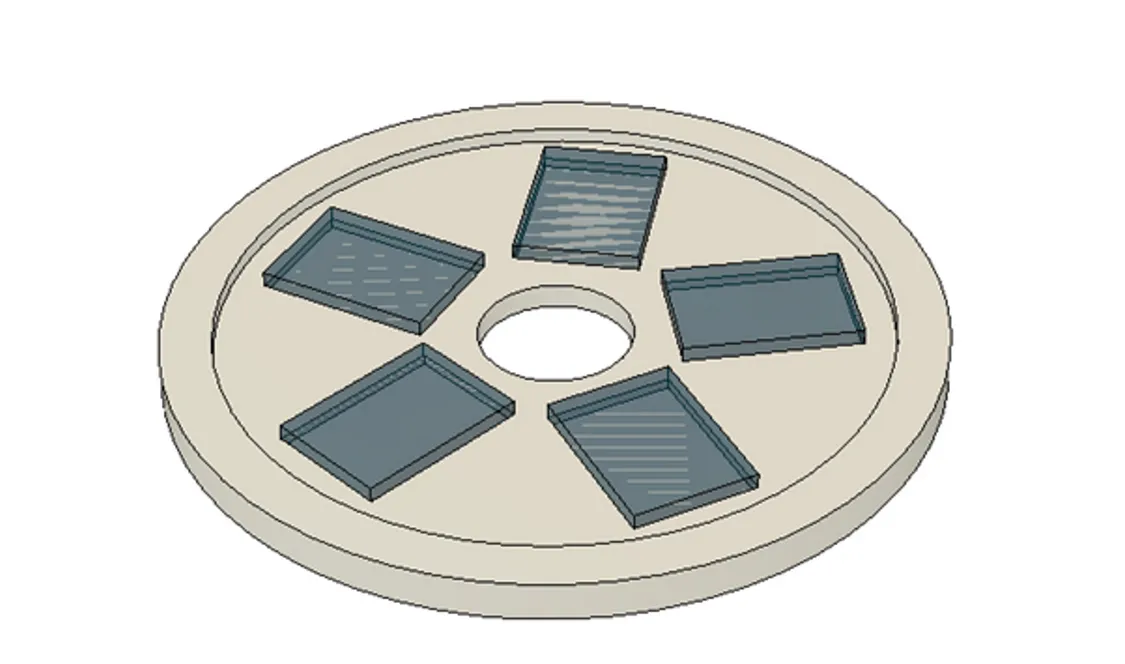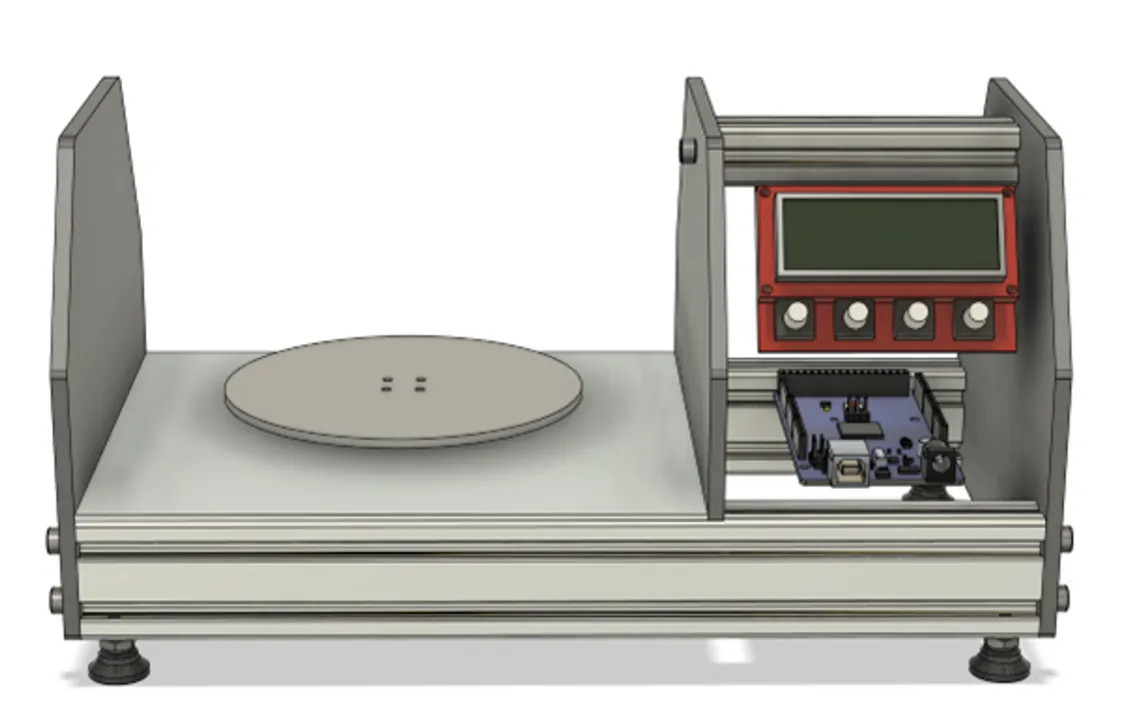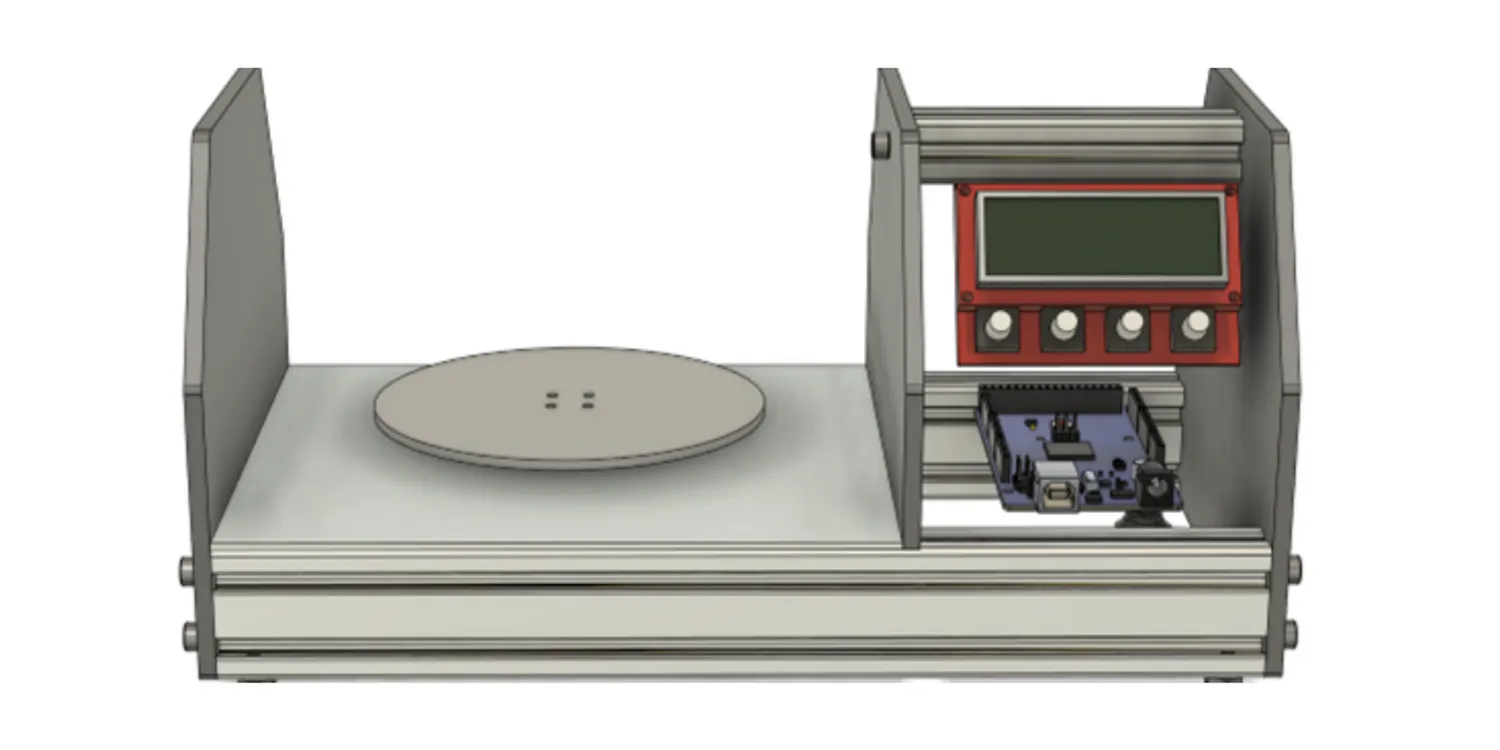31 Jan 2022
Theme 3 is led by Dublin City University (DCU) in Ireland and constitutes experts from the National Oceanographic Centre (NOC), the University of Southampton (UoS) and the Institute of Molecular Biology and Biotechnology of the Foundation for Research and Technology Hellas (IMBB-FORTH).
The world’s oceans are an incredible expanse of interconnected and intermingling ecosystems, all of which exist due to the complex biogeocycling of key nutrients and water conditions upon which their entire food chains rely. In bygone eras the ocean was perceived as too vast for humans to meaningfully damage; even when overfishing was recognised to materially impact fish stocks, this was viewed as a limited and specific impact, not a fundamental changing of the oceans’ functioning. Unfortunately, it is now recognised that not only are these systems in fact changing due to anthropogenic factors, they may be approaching breaking points.
In response to these concerns, the capacity of researchers to sample, measure, model and forecast the biogeochemical systems of the ocean has advanced tremendously over the past two decades. Flow cytometric analysis of phytoplankton has provided unparalleled insight into the diversity and quantity of these key organisms at the base of nearly every marine food chain. Advancements in fluid diagnostics and complex chemical analysis have allowed scientists to identify pollutants and toxins present in water samples even at minute levels. New research modelling the production, movement and recycling of macro-nutrients such as nitrogen, phosphorus and silicon have made crucial connections in our understanding of how marine food webs function and the risks posed by global climate change.
The challenge facing each of these fields is that of continuity and sampling range. In order to gain a fuller understanding of systemic change and threats from pollutants, plastics and toxins we need to be able to gather samples from all depths and across a wide expanse of waters and to gather this data at a more frequent rate so as to identify any changes that are occurring.
TechOceanS Theme 3 aims to provide this capability by “shrinking” the laboratory processes currently used for these purposes and making them capable of functioning aboard small, remote AUVs (autonomous underwater vehicles) and other platforms. Already, Theme 3 has made promising steps having:
- Developed a new multiplexor capable of analysing multiple recombinant bio-assays on a single chip
- Created analytes which allow scientists to test for new contaminants that regulatory and environmental bodies have declared to be of emerging concern, such as algal toxins, domoic acid, saxitoxin, bifenthrin, naphthalene and oestrogen.
- Explored novel amplification methods that enable sensors to detect chemicals in sea water samples even when only present in extremely low concentrations
- Produced a field-replicating testing system, which provides researchers in a lab the ability to test how new processes and protocols for detection and sampling will function under the challenging and limiting requirements of sea-based platforms
- Demonstrated the feasibility of measuring nitrates and nitrites on a single instrument
- Developed the key elements for a novel microcytometer able to analyse both marine phytoplankton and microplastics via impedance spectroscopy and fluorescence detection
- Reduced power, eluent and material requirements across all systems in order to improve their functionality aboard remote platforms

Test Assay Chip Holder For LOAD Platform (Image: DCU)

LAB ON A DISC (LOAD) Microfluidic Sensing Test Platform (Image: DCU)
